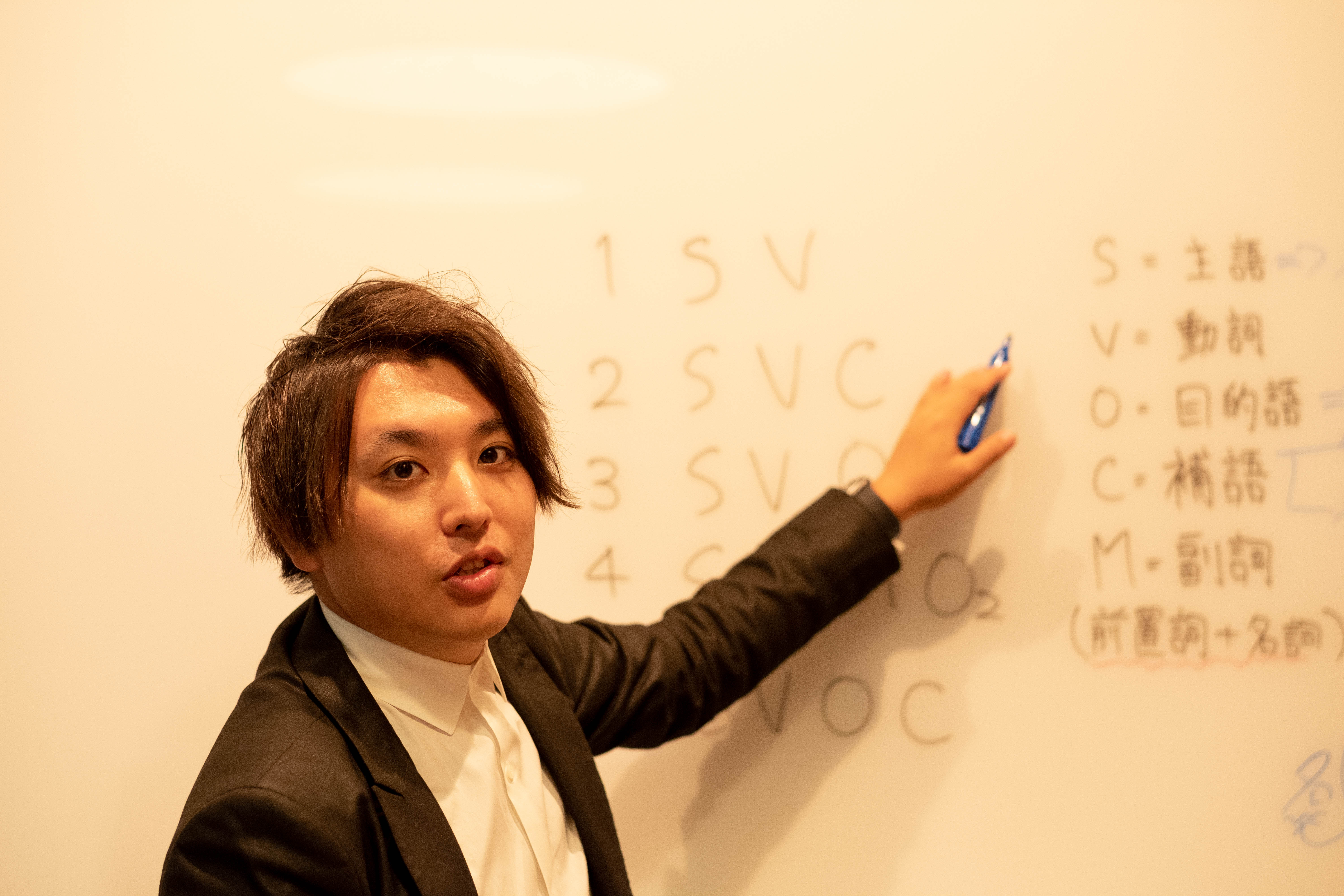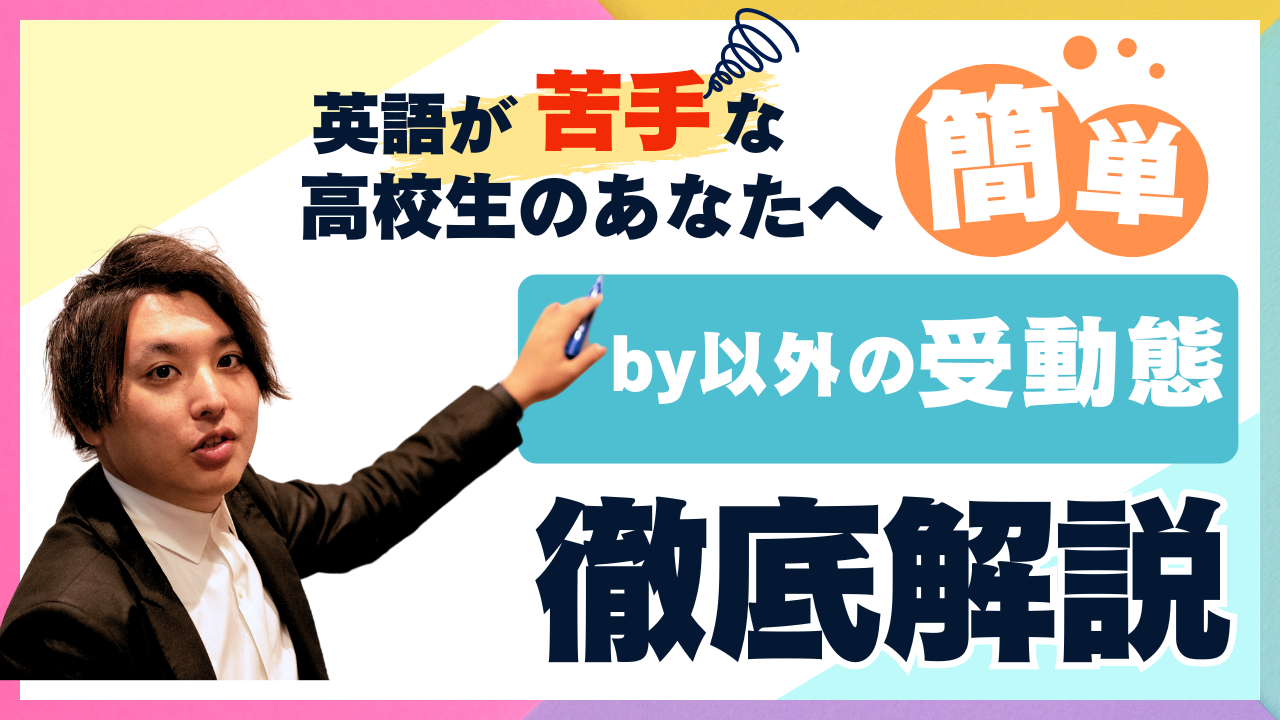目次
英語が苦手な高校生のあなたへ!by以外を使う受動態を徹底解説
英語の受動態は「〜される」という意味を表す文法ですが、実は「by」以外の前置詞を使う場合もあります。この記事では、英語が苦手な高校生でもわかりやすいように、「by」以外の前置詞を使う受動態を丁寧に解説し、具体的な例文を通して理解を深めていきます。

受動態の基本とその重要性
受動態とは、主語が動作を受ける側にある文のことです。基本的な形は「主語 + be動詞 + 過去分詞」です。例えば、「The cake was eaten by the child.」では、ケーキが子供によって食べられたことを表しています。
受動態は、行為者よりも行為そのものを強調したいときや、行為者が不明な場合に使われます。また、客観性を持たせたいときにも有効です。例えば、「It is said that…」のように、一般的な意見や事実を述べる際に使われます。
by以外の前置詞を使う受動態の例
受動態では通常「by」を使って動作主を示しますが、特定の動詞では「by」以外の前置詞を使います。例えば、「Everyone knows her.」を受動態にすると「She is known to everyone.」となり、「to」を使います。
また、「Snow covered the ground.」は「The ground was covered with snow.」となり、「with」を使います。他にも、「The glass is filled with water.」(そのグラスは水で満たされています)や「I was caught in a shower yesterday.」(私は昨日にわか雨に降られました)のように、動詞によって適切な前置詞が異なります。
受動態の例外的なパターン
受動態には、通常の「主語 + be動詞 + 過去分詞 + by + 動作主」という形以外にも、例外的なパターンがあります。例えば、使役動詞や知覚動詞を使う場合です。「He made her go shopping.」を受動態にすると「She was made to go shopping.」となり、原形不定詞が「to不定詞」に変わります。
また、「I was surprised at the noise.」のように、動詞によっては「by」ではなく「at」などの前置詞を使うこともあります。これらの例外は、特定の動詞や表現に依存するため、暗記しておくと便利です。
前置詞別受動態の一覧
受動態では通常「by」を使って動作主を示しますが、特定の動詞では「by」以外の前置詞を使います。以下の表に、よく使われる「by」以外の前置詞を使う受動態の例をまとめました。
| 動詞 | 受動態の形 | 例文 |
|---|---|---|
| know | be known to | She is known to everyone. |
| cover | be covered with | The ground was covered with snow. |
| fill | be filled with | The glass is filled with water. |
| catch | be caught in | I was caught in a shower yesterday. |
| satisfy | be satisfied with | He is satisfied with the results. |
| interest | be interested in | She is interested in music. |
| please | be pleased with | They are pleased with the service. |
| surprise | be surprised at | I was surprised at the news. |
| marry | be married to | She is married to a doctor. |
| dress | be dressed in | He is dressed in a suit. |
これらの表現は、特定の動詞と前置詞の組み合わせとして覚えておくと便利です。例えば、「She is known to everyone.」では「to」を使い、「The ground was covered with snow.」では「with」を使います。これらの例を参考にして、受動態の理解を深めましょう。
by以外を使う受動態の例文
受動態では通常「by」を使って動作主を示しますが、特定の動詞では「by」以外の前置詞を使います。以下の表に、よく使われる「by」以外の前置詞を使う受動態の例をまとめました。
| 動詞 | 受動態の形 | 例文 |
|---|---|---|
| know | be known to | She is known to everyone. |
| cover | be covered with | The ground was covered with snow. |
| fill | be filled with | The glass is filled with water. |
| catch | be caught in | I was caught in a shower yesterday. |
| satisfy | be satisfied with | He is satisfied with the results. |
| interest | be interested in | She is interested in music. |
| please | be pleased with | They are pleased with the service. |
| surprise | be surprised at | I was surprised at the news. |
| marry | be married to | She is married to a doctor. |
| dress | be dressed in | He is dressed in a suit. |
これらの表現は、特定の動詞と前置詞の組み合わせとして覚えておくと便利です。例えば、「She is known to everyone.」では「to」を使い、「The ground was covered with snow.」では「with」を使います。これらの例を参考にして、受動態の理解を深めましょう。


